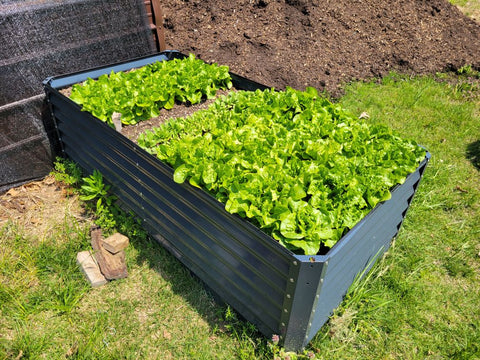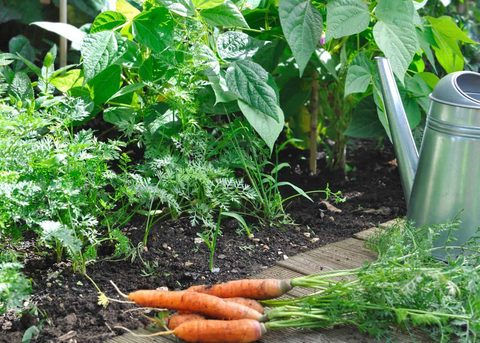As winter approaches, many gardeners face the challenge of preserving their beloved plants through the colder months. Overwintering, the process of protecting plants from the harsh winter conditions, is crucial for ensuring a vibrant and resilient garden come spring. In this comprehensive guide, we'll explore the art of overwintering plants and highlight specific techniques tailored for your raised garden beds.The following content also has some reference value for raised garden beds
 .
.
Understanding Overwintering: The Why and How
- Why Overwintering Matters
- Winter poses numerous threats to plants, including freezing temperatures, frost, and fluctuating moisture levels. Overwintering helps plants survive these challenges, promoting their health and vitality.
- Choosing the Right Plants
- Not all plants require overwintering Understanding the hardiness of your plants and selecting varieties suited to your region is the first step in successful overwintering.
- The Role of Raised Garden Beds
- Raised beds offer several advantages for overwintering. The elevated structure promotes better drainage, reducing the risk of waterlogged soil—a common issue in winter. Additionally, the controlled environment of raised beds aids in temperature regulation.
Techniques for Overwintering in Raised Beds
- Mulching for Insulation
- Apply a layer of mulch around your plants to insulate the soil. This helps regulate soil temperature, preventing drastic fluctuations that can stress plant roots.
- Protective Coverings
- Use frost blankets or row covers to shield plants from freezing temperatures. In raised beds, consider installing hoop structures to create a protective barrier over your garden.
- Strategic Plant Placement
- Be mindful of the microclimates within your garden. Place more sensitive plants in areas that receive additional protection, such as against a south-facing wall.
- Windbreaks
- If your garden is exposed to winter winds, erecting windbreaks can shield plants from drying winds and reduce the risk of desiccation.
- Container Considerations
- If you have potted plants in raised beds, insulate the pots with materials like bubble wrap or burlap to prevent them from cracking in freezing temperatures.

Plant-Specific Overwintering Tips
- Perennials
- Trim back perennial foliage to reduce the risk of disease, and mulch around the base for added insulation. Consider dividing overcrowded perennials in late fall.
- Herbs
- Herbs like rosemary and thyme can thrive in raised beds throughout the winter. Provide extra mulch and ensure well-draining soil.
- Vegetables
- Cold-hardy vegetables such as kale, spinach, and carrots can be overwintered in raised beds with proper protection. Mulch around the plants to maintain soil warmth.
- Bulbs
- Plant spring-blooming bulbs in the fall, ensuring they have ample time to establish roots before winter. Mulch the area to regulate soil temperature.
Post-Winter Care: Welcoming Spring with a Flourish
- Early Spring Inspection
- As winter wanes, inspect your raised beds for signs of life. Prune away any damaged or dead growth to encourage new growth.
- Gradual Uncovering
- Slowly remove protective coverings as temperatures rise. This gradual process allows plants to acclimate to changing conditions.
- Soil Revitalization
- Refresh the soil in your raised beds with nutrient-rich compost to replenish nutrients and support new growth.

Conclusion: Nurturing Your Garden Through Winter
Overwintering is a thoughtful and proactive approach to garden care that pays off in the vibrant, thriving landscape of spring. With the unique benefits of raised garden beds, you have the opportunity to create a haven for your plants during the winter months. Implementing these techniques tailored for raised beds ensures that your garden emerges from winter's embrace with resilience and vigor, ready to flourish in the warmer seasons ahead. As a winter gardener, you play a vital role in nurturing the health and longevity of your plants, turning your garden into a year-round source of joy and beauty.









